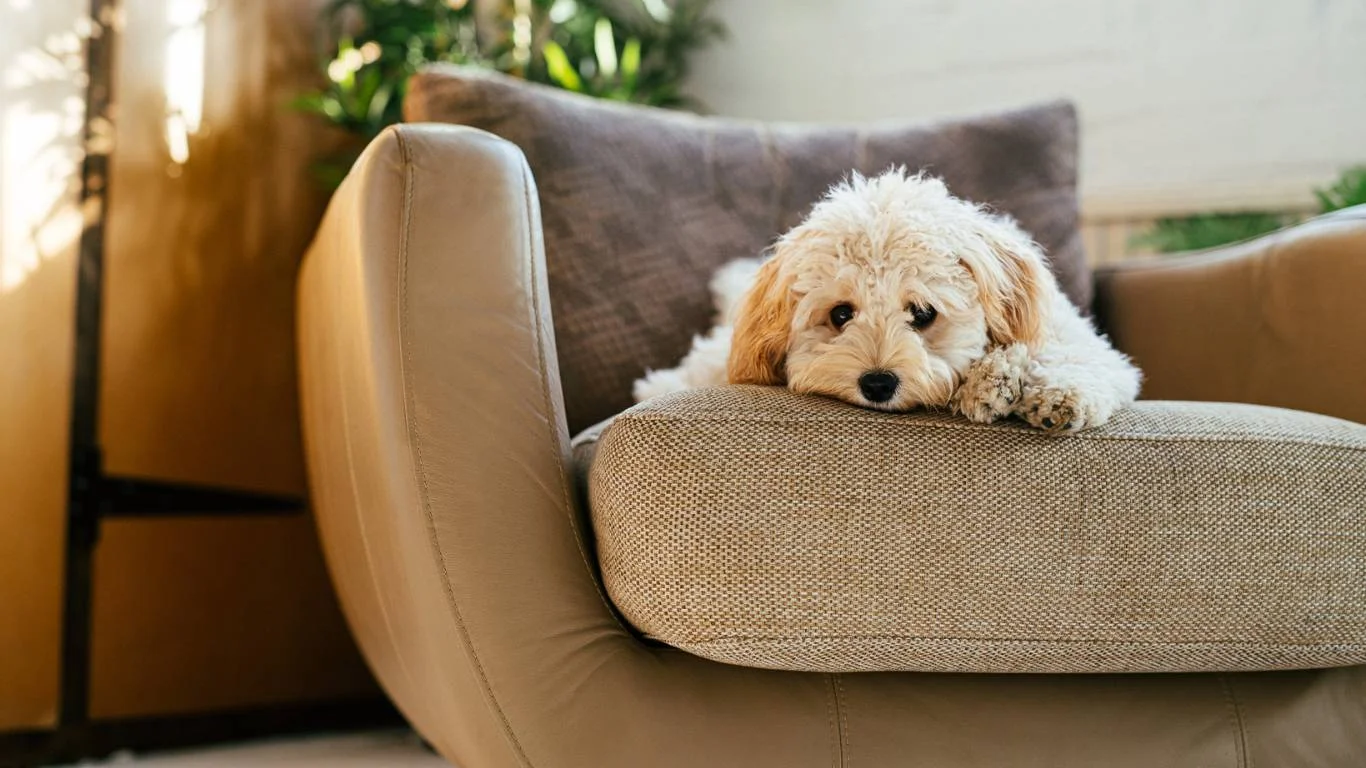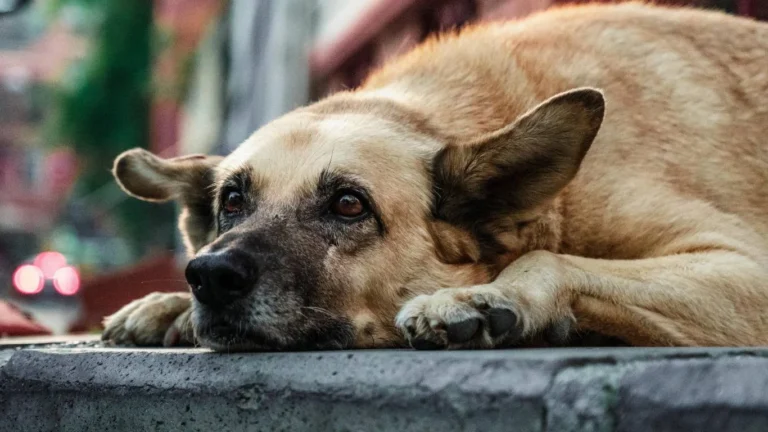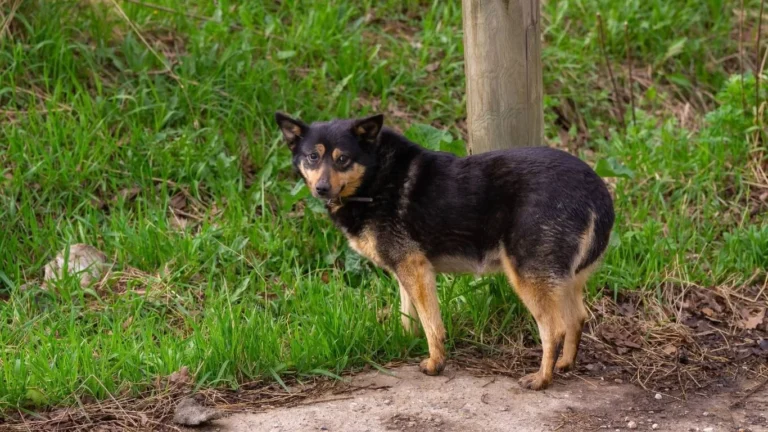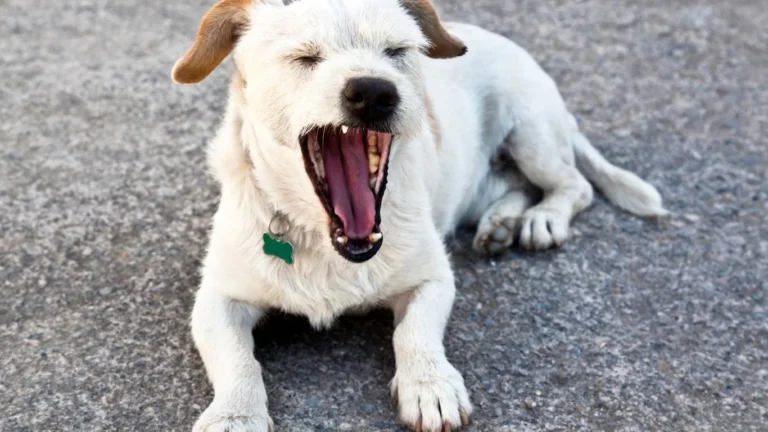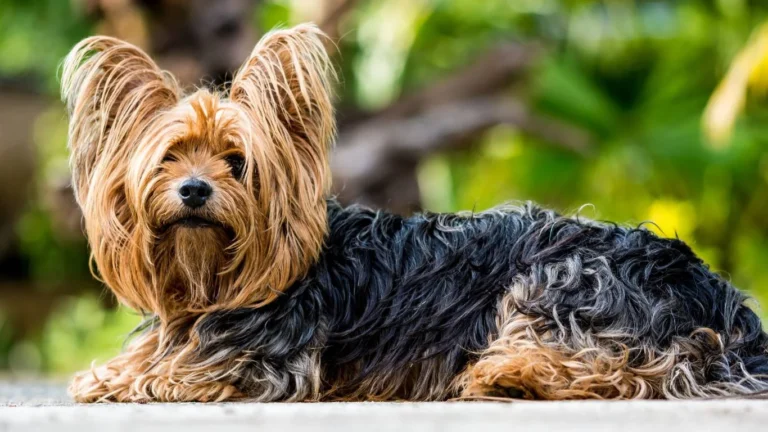Best Ways to Treat & Prevent Dog Dandruff Fast! No More Flakes
Dandruff isn’t just a human problem—our furry companions can suffer from it too! If you’ve ever noticed white flakes on your dog’s coat or excessive scratching, you’re not alone. As a pet nutritionist and someone who has worked closely with veterinarians, I’ve seen my fair share of flaky pups. The best ways to treat and prevent dandruff in dogs depend on understanding the root cause and making simple, effective changes to their care routine. Let’s dive into why your dog might be dealing with dandruff and how to get rid of it for good!
Why Does Your Dog Have Dandruff?
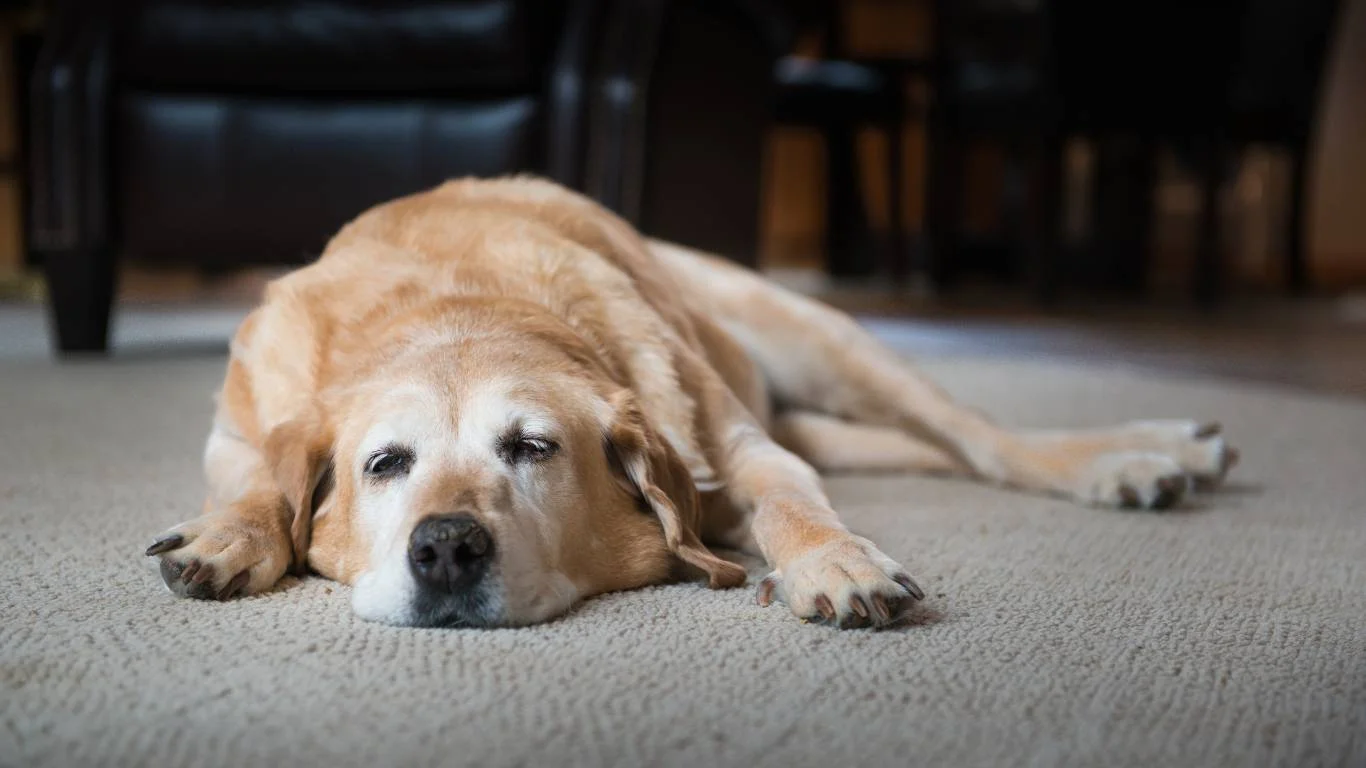
Dandruff in dogs isn’t just about dry skin; it’s often a sign of something deeper. Here are a few common causes:
- Dry skin: Just like us, dogs can get dry skin, especially in colder months when indoor heating sucks the moisture out of the air.
- Poor diet: Low-quality dog food or a lack of essential fatty acids can lead to skin issues and excessive flaking.
- Allergies: Food allergies or environmental triggers (like pollen or dust mites) can cause itchy, flaky skin.
- Parasites: Mites like Cheyletiella (often called “walking dandruff”) can mimic the appearance of regular dandruff.
- Underlying health issues: Conditions like hypothyroidism or bacterial infections can contribute to flaky skin.
When I worked in a veterinary clinic, I saw countless cases where owners assumed dandruff was harmless, only to find out their pup had an underlying issue. Identifying the cause is the first step toward a flake-free coat.
The Best Ways to Treat and Prevent Dandruff in Dogs
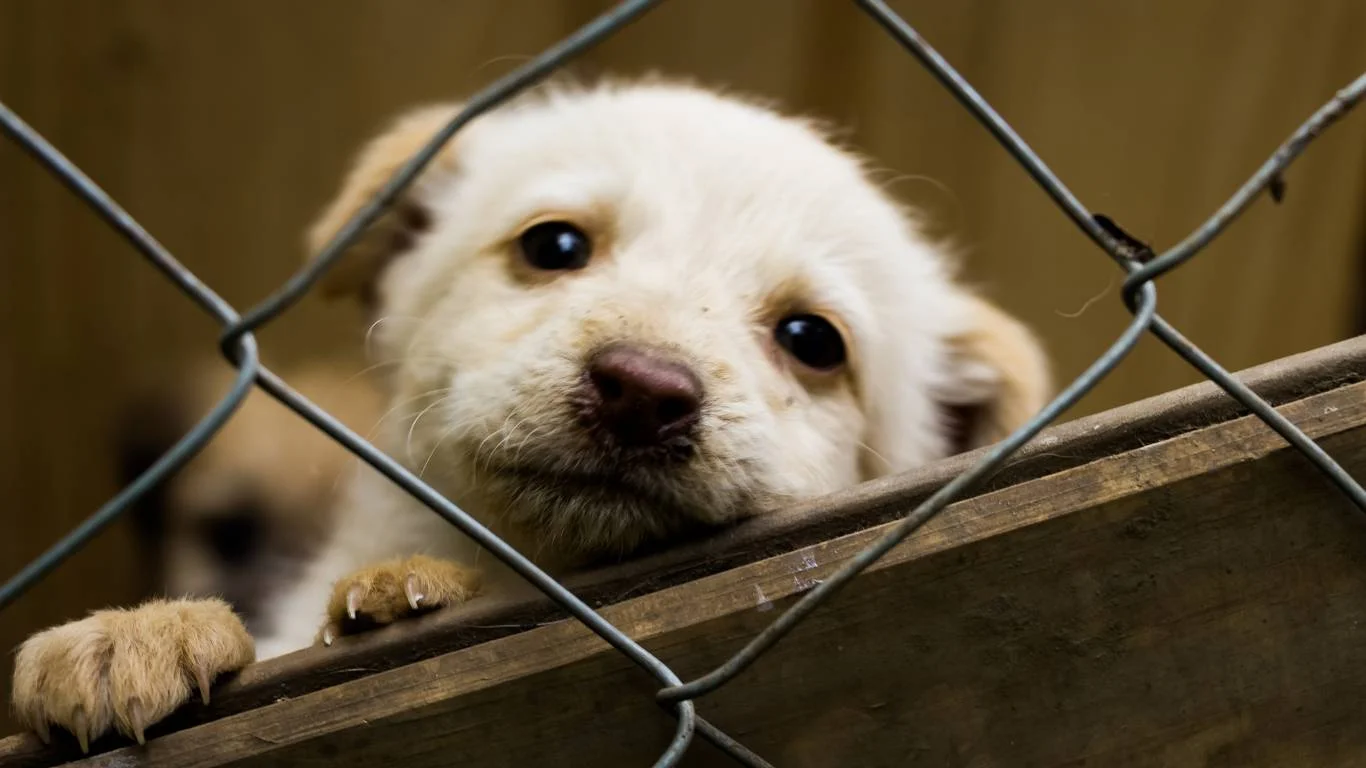
1. Upgrade Your Dog’s Diet
One of the easiest and most effective ways to combat dandruff is through nutrition. A diet rich in omega-3 and omega-6 fatty acids promotes healthy skin and a glossy coat. I always recommend adding sources of good fats like:
- Fish oil supplements – Packed with omega-3s that support skin hydration.
- Flaxseed or chia seeds – Great plant-based options for essential fatty acids.
- High-quality kibble or raw food – Avoid cheap fillers and opt for protein-rich, nutrient-dense food.
I had a client whose Golden Retriever had persistent dandruff despite frequent grooming. Once we switched him to a higher-quality diet with added salmon oil, the flakes disappeared in just a few weeks!
2. Keep Your Dog Hydrated
Water is often overlooked, but dehydration can lead to dry skin and more dandruff. Make sure your pup always has access to fresh, clean water. If your dog isn’t drinking enough, try:
- Adding low-sodium bone broth to their water.
- Using a pet water fountain (many dogs prefer running water!).
- Offering moisture-rich foods like cucumbers or watermelon as treats.
3. Bathe Your Dog the Right Way
Too many baths can strip away natural oils, making dandruff worse. The key is balance. When bathing your pup:
- Use a gentle, moisturizing shampoo formulated for dogs.
- Avoid human shampoos—they’re too harsh for canine skin.
- Try an oatmeal or aloe-based shampoo for soothing hydration.
- Rinse thoroughly to prevent product buildup.
One trick I swear by is adding a few drops of coconut oil to my dog’s bathwater. It acts as a natural conditioner and keeps the skin from drying out.
4. Brush Regularly
Brushing isn’t just about keeping fur tidy—it helps distribute natural oils and removes dead skin flakes. Depending on your dog’s coat type:
- Short-haired dogs: Use a soft bristle brush or grooming mitt.
- Long-haired dogs: A slicker brush works best for detangling and flake removal.
- Double-coated breeds: Invest in an undercoat rake to prevent excessive shedding and dry patches.
When I worked with a Husky owner struggling with seasonal dandruff, I recommended daily brushing with a moisturizing spray. Within a month, the coat transformed from dull and flaky to shiny and soft!
More to Cover on Dog Dandruff…
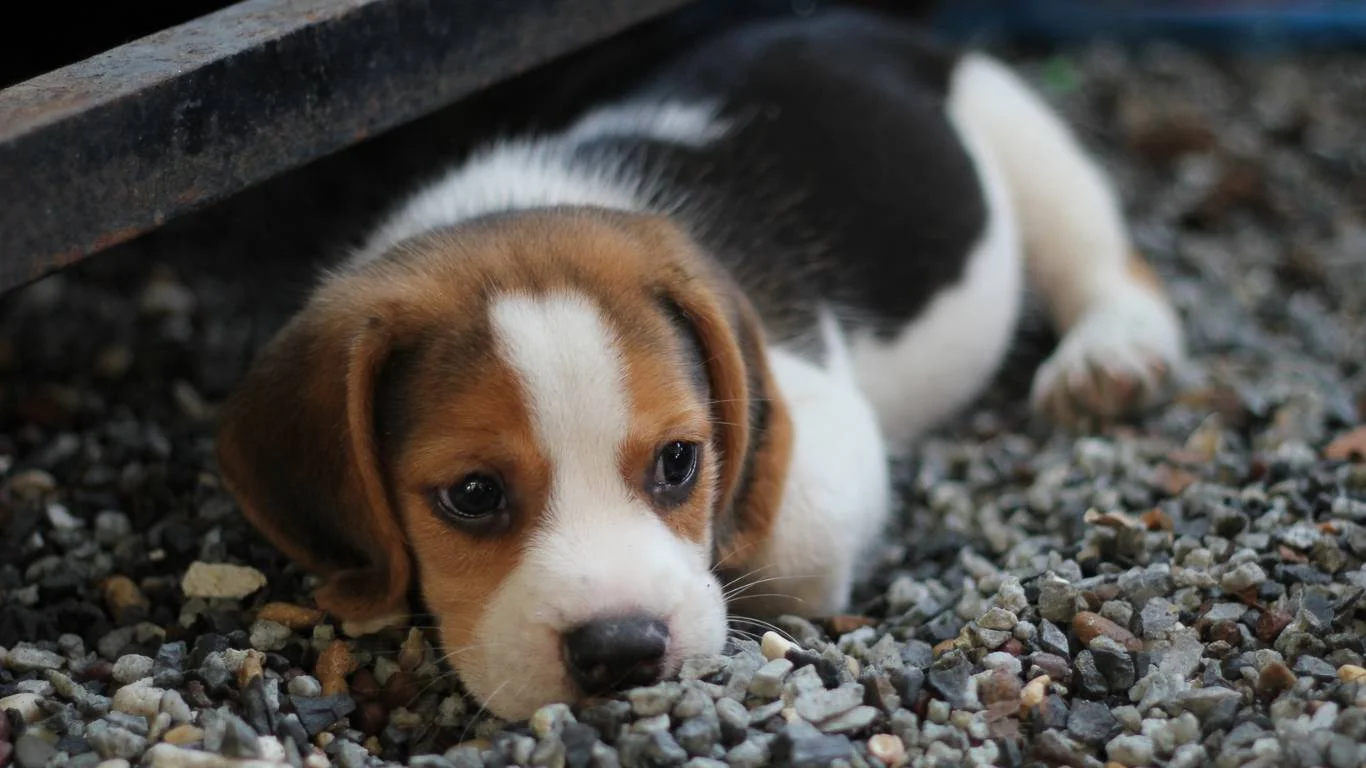
These are just a few essential steps in tackling dog dandruff, but there’s more to explore! In the next section, we’ll cover natural home remedies, when to see a vet, and advanced treatments for persistent flakes. Stay tuned for more tips on keeping your pup’s skin healthy and itch-free!
Natural Remedies for Treating Dog Dandruff
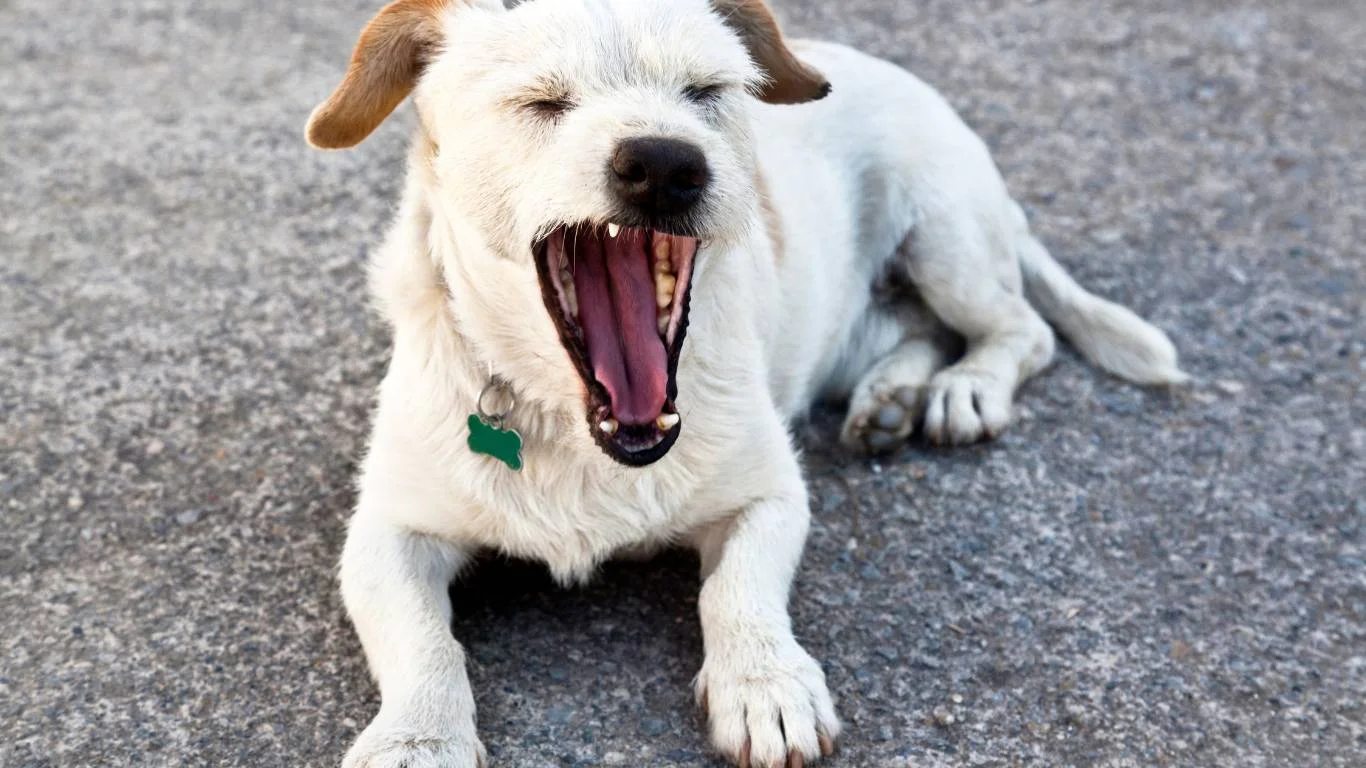
Sometimes, the best solutions come straight from nature. If you’re looking for gentle, chemical-free ways to manage your pup’s flaky skin, there are plenty of natural remedies that work wonders. Over the years, I’ve tested several on my own dogs and have seen amazing results in my clients’ pets.
1. Coconut Oil Massage
Coconut oil is like a miracle worker for dry skin! It’s packed with antimicrobial, antifungal, and moisturizing properties that soothe irritation and hydrate the skin. Here’s how to use it:
- Take a small amount (about a teaspoon for small dogs, a tablespoon for larger breeds).
- Warm it between your hands until it turns into a liquid.
- Massage it gently into your dog’s skin, focusing on flaky areas.
- Let it sit for 10-15 minutes before brushing out excess oil.
A few years ago, I had a Labrador patient with stubborn dandruff. The owner started applying coconut oil once a week, and within a month, the dog’s coat looked completely different—shinier, softer, and flake-free!
2. Apple Cider Vinegar Rinse
This might sound a little weird, but trust me—it works! Apple cider vinegar is a natural antiseptic that helps restore pH balance and fight bacteria that may be irritating your dog’s skin.
How to make an ACV rinse:
- Mix one part apple cider vinegar with three parts water.
- After shampooing your dog, pour the mixture over their coat (avoid the eyes and open wounds!).
- Let it sit for a couple of minutes, then rinse with lukewarm water.
One of my clients with a German Shepherd used this method twice a month, and the results were incredible. The dandruff disappeared, and her dog’s coat became noticeably glossier!
3. Oatmeal Soothing Bath
If your dog’s dandruff is caused by itchy, inflamed skin, an oatmeal bath is the ultimate soothing remedy. Oatmeal is known for its anti-inflammatory properties and helps relieve dryness naturally.
DIY Oatmeal Bath:
- Grind 1-2 cups of plain, unsweetened oats into a fine powder.
- Fill the bathtub with warm (not hot) water and sprinkle in the oatmeal.
- Let your dog soak for 10-15 minutes, gently massaging the mixture into their coat.
- Rinse well and dry thoroughly.
I personally use this method whenever my dog has dry skin episodes, and it never fails. The relief is almost instant!
When to See a Vet About Dog Dandruff
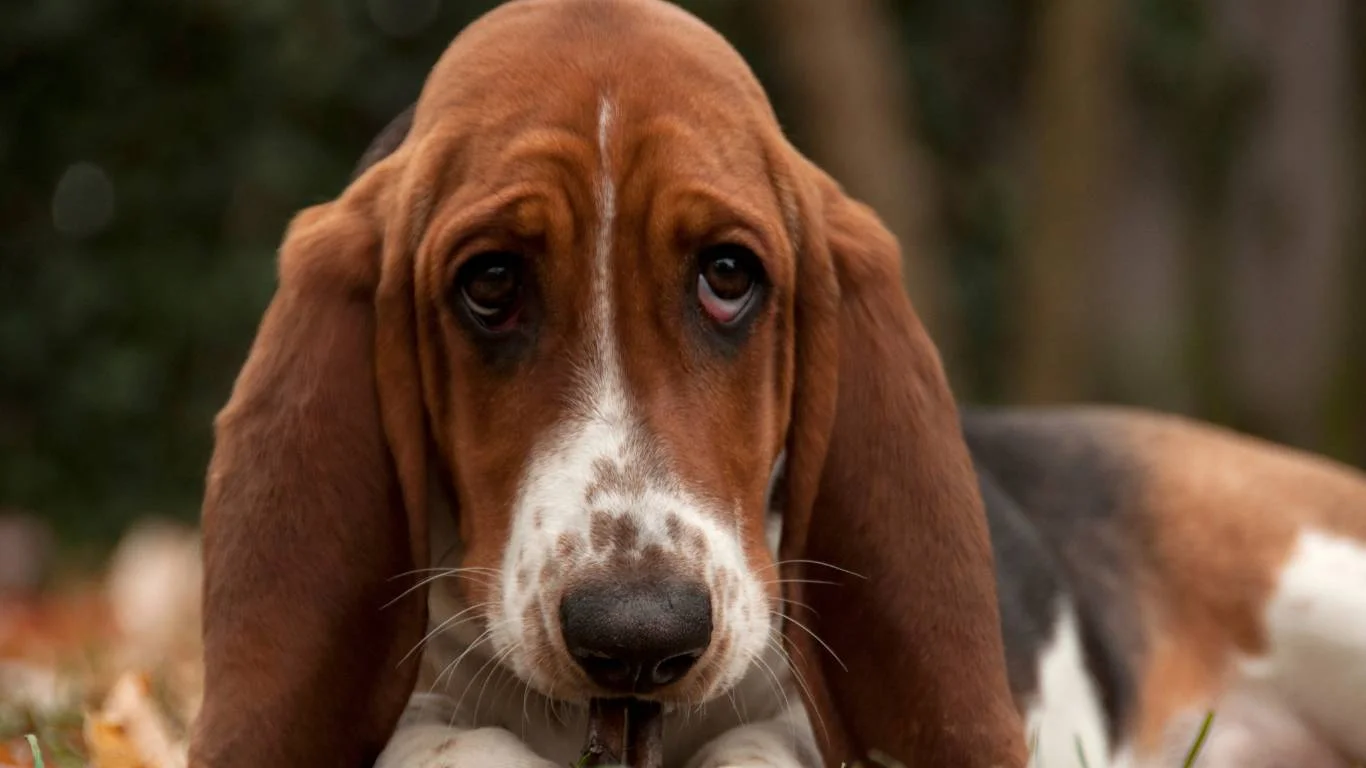
While home treatments can work wonders, there are times when a trip to the vet is necessary. Not all dandruff cases are simple dry skin—some could be symptoms of an underlying health issue.
Signs it’s time to visit the vet:
- Excessive scratching: If your dog is itching non-stop, there may be a skin infection or allergy at play.
- Red, inflamed skin: This could indicate an infection, parasites, or an autoimmune condition.
- Foul odor: A strong, musty smell could be a sign of yeast or bacterial infections.
- Hair loss: Patchy or excessive shedding alongside dandruff is worth a vet check.
- Open sores or scabs: Your dog may be scratching too much, leading to secondary infections.
I remember a case of a Cocker Spaniel with severe dandruff that wouldn’t go away. The owner had tried everything—diet changes, hydration, coconut oil—but nothing worked. Turns out, the poor pup had a thyroid condition that needed medication. After getting the right treatment, the dandruff vanished within weeks.
How to Prevent Dog Dandruff Long-Term
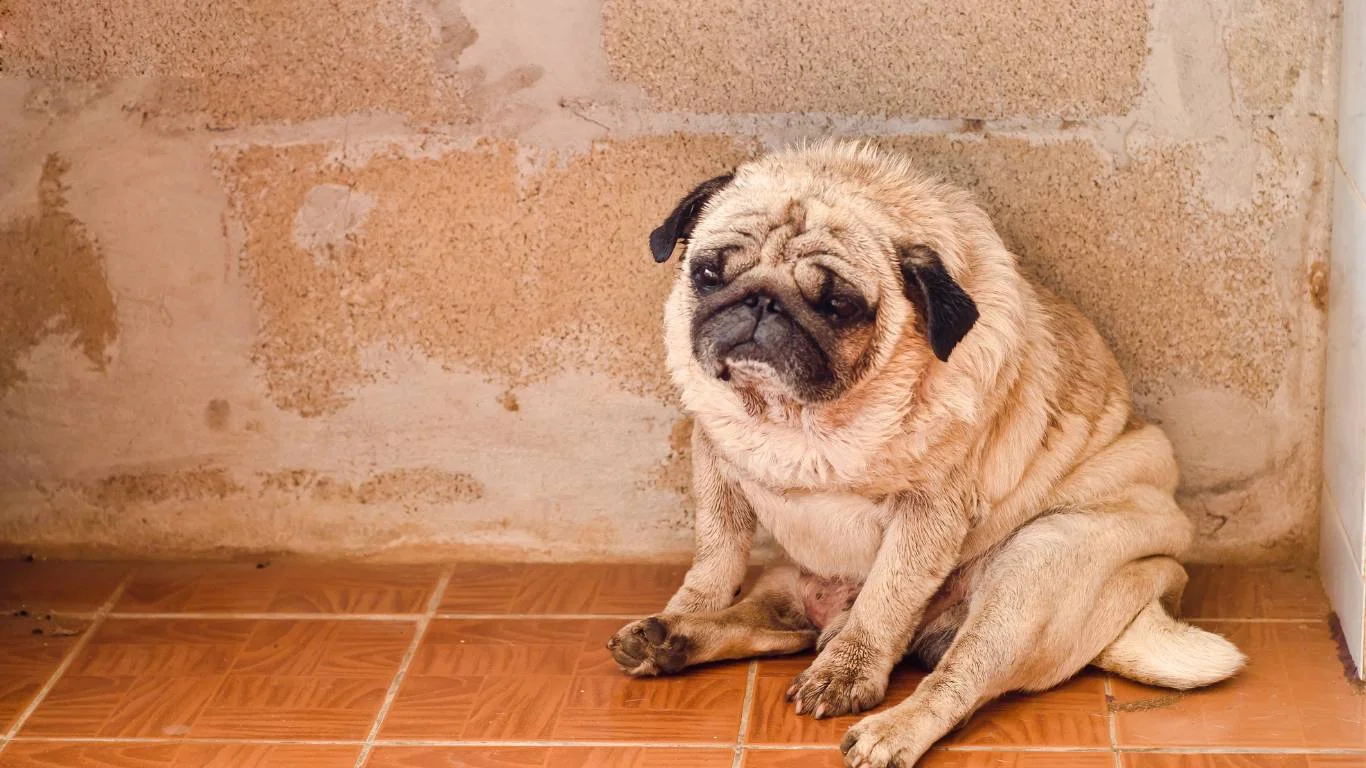
Prevention is always better than cure! Here are some golden rules to keep your pup’s skin and coat in top shape:
1. Stick to a Regular Grooming Routine
Consistency is key when it comes to grooming. Brushing at least 3-4 times a week helps distribute natural oils and prevents flaky buildup. Choose the right brush for your dog’s coat type to get the best results.
2. Feed a Balanced Diet
Quality food makes a world of difference. Look for dog food with high omega fatty acids, vitamins A & E, and quality protein sources. If needed, add supplements like fish oil or flaxseed to boost skin health.
3. Keep Hydration Levels High
A well-hydrated dog has healthy skin. Always provide fresh, clean water and consider adding moisture-rich foods to their diet.
4. Minimize Stress
Believe it or not, stress can affect your dog’s skin. Anxiety and nervous habits (like excessive licking) can contribute to dryness and flaking. Make sure your pup gets plenty of exercise, mental stimulation, and love.
One of my patients, a rescue dog with anxiety, had constant dandruff despite all the right treatments. Once his owner introduced a structured routine and calming supplements, his skin improved dramatically!
5. Use a Humidifier in Dry Seasons
If you live in a dry or cold climate, indoor heating can sap moisture from the air—and your dog’s skin. Running a humidifier can help keep both you and your pup comfortable.
With the right care, your dog can enjoy a dandruff-free, itch-free life. In the next section, we’ll explore the best shampoos, supplements, and advanced treatments to ensure your pup’s coat stays in top condition. Stay tuned for more expert tips!
Case Studies & Real-Life Examples
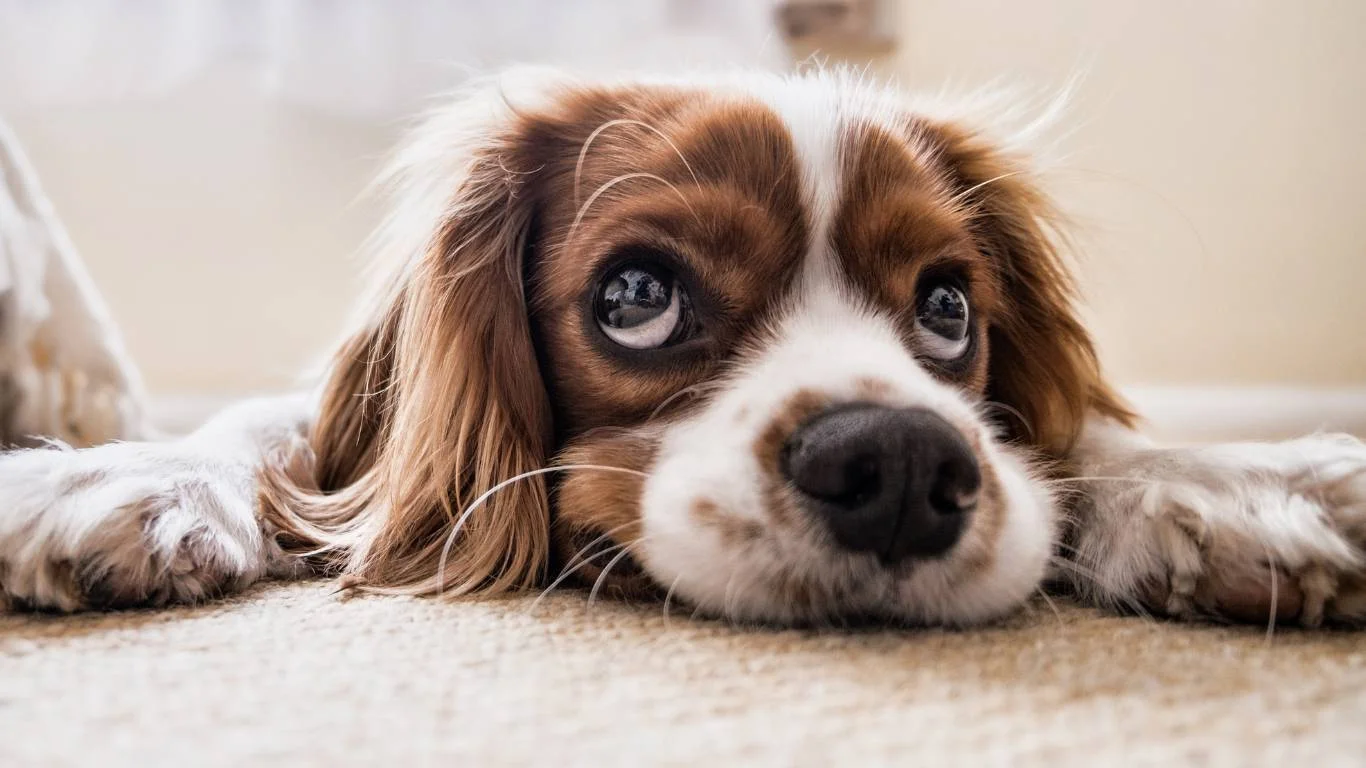
Let’s take a look at some real-life cases where treating dandruff made a world of difference. As a pet nutritionist, I’ve seen many dogs struggle with flaky skin, and each case taught me something valuable.
Case 1: Bella the Beagle – Diet Transformation
Bella’s owner came to me frustrated. Despite regular grooming, Bella’s coat was dull, and the dandruff just wouldn’t go away. After analyzing her diet, I discovered she was eating a low-quality kibble full of fillers and lacked essential fatty acids.
Solution: We switched Bella to a high-protein diet with added fish oil and vitamin E supplements.
Result: Within three weeks, her coat became shinier, and the dandruff disappeared completely. Her energy levels also improved—turns out, she wasn’t just dealing with dandruff; she was missing key nutrients!
Case 2: Max the German Shepherd – The Grooming Fix
Max had thick fur, and his owner was bathing him too often with harsh shampoos. This stripped away natural oils, leaving his skin flaky and irritated.
Solution: I recommended reducing bath frequency to once a month and using an oatmeal-based moisturizing shampoo. We also added weekly brushing with a natural oil spray.
Result: After two months, Max’s dandruff was completely under control. His coat looked healthier, and his owner saved time and money on unnecessary grooming.
Key Takeaways: What You Need to Remember
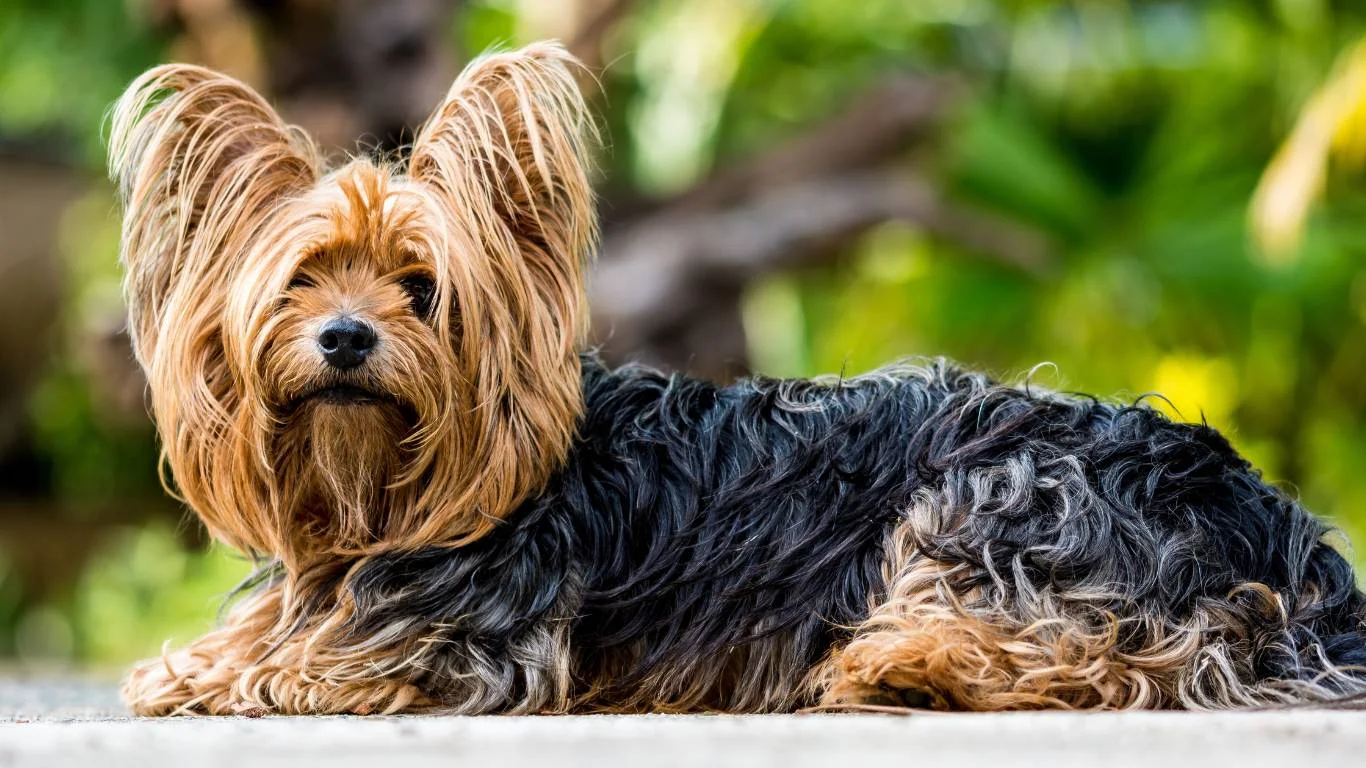
Let’s quickly summarize the most important points:
- Diet Matters: A nutrient-rich diet with omega-3s and hydration can prevent dandruff.
- Regular Grooming: Brushing distributes natural oils, while excessive bathing can make things worse.
- Hydration is Key: Always provide fresh water and consider moisture-rich foods.
- Natural Remedies Work: Coconut oil, apple cider vinegar, and oatmeal baths are great at-home solutions.
- Watch for Underlying Issues: If dandruff persists despite good care, consult a vet for possible allergies, infections, or health conditions.
FAQs
Still have questions? Here are some common ones I get from dog owners:
1. Can dandruff in dogs be contagious?
Regular dandruff isn’t contagious, but if it’s caused by mites (like Cheyletiella), it can spread to other pets. A vet can diagnose and treat this with medicated shampoos.
2. How often should I bathe my dog if they have dandruff?
Generally, once every 4-6 weeks is best. Use a moisturizing, sulfate-free dog shampoo and avoid over-washing.
3. Can I use human dandruff shampoo on my dog?
Not recommended! Human shampoos, even mild ones, can disrupt your dog’s skin pH and cause more irritation. Stick to dog-friendly options.
4. What is the best supplement for dogs with dandruff?
Fish oil, vitamin E, and coconut oil are my top picks for improving skin hydration and coat health.
Bonus: Additional Resources or DIY Tips
Want to dive deeper? Here are some extra resources:
- American Kennel Club (AKC) – Great resources on dog skin and coat care.
- PetMD – Vet-reviewed articles on pet health.
- DogTime – Breed-specific skin care guides.
Appendix: Table, References, Disclaimer, and Call to Action
| Factor | Solution | Timeframe for Results |
|---|---|---|
| Dry Skin | Increase omega-3 intake, add coconut oil, hydrate well | 2-4 weeks |
| Allergies | Identify triggers, switch diet, use vet-approved antihistamines | Varies |
| Poor Grooming | Brush regularly, reduce bath frequency, use moisturizing shampoos | 1-2 months |
References
- VCA Animal Hospitals – Skin health & treatment insights.
- ASPCA – Pet care tips and vet-approved advice.
Disclaimer
This article is for informational purposes only and does not replace professional veterinary advice. Always consult your vet for specific concerns about your dog’s skin health.
Call to Action
Has your dog struggled with dandruff? What worked best for them? Share your experience in the comments or tag us on social media with your pup’s transformation! And if you found this guide helpful, don’t forget to share it with fellow pet parents. Let’s keep our furry friends flake-free and happy!
